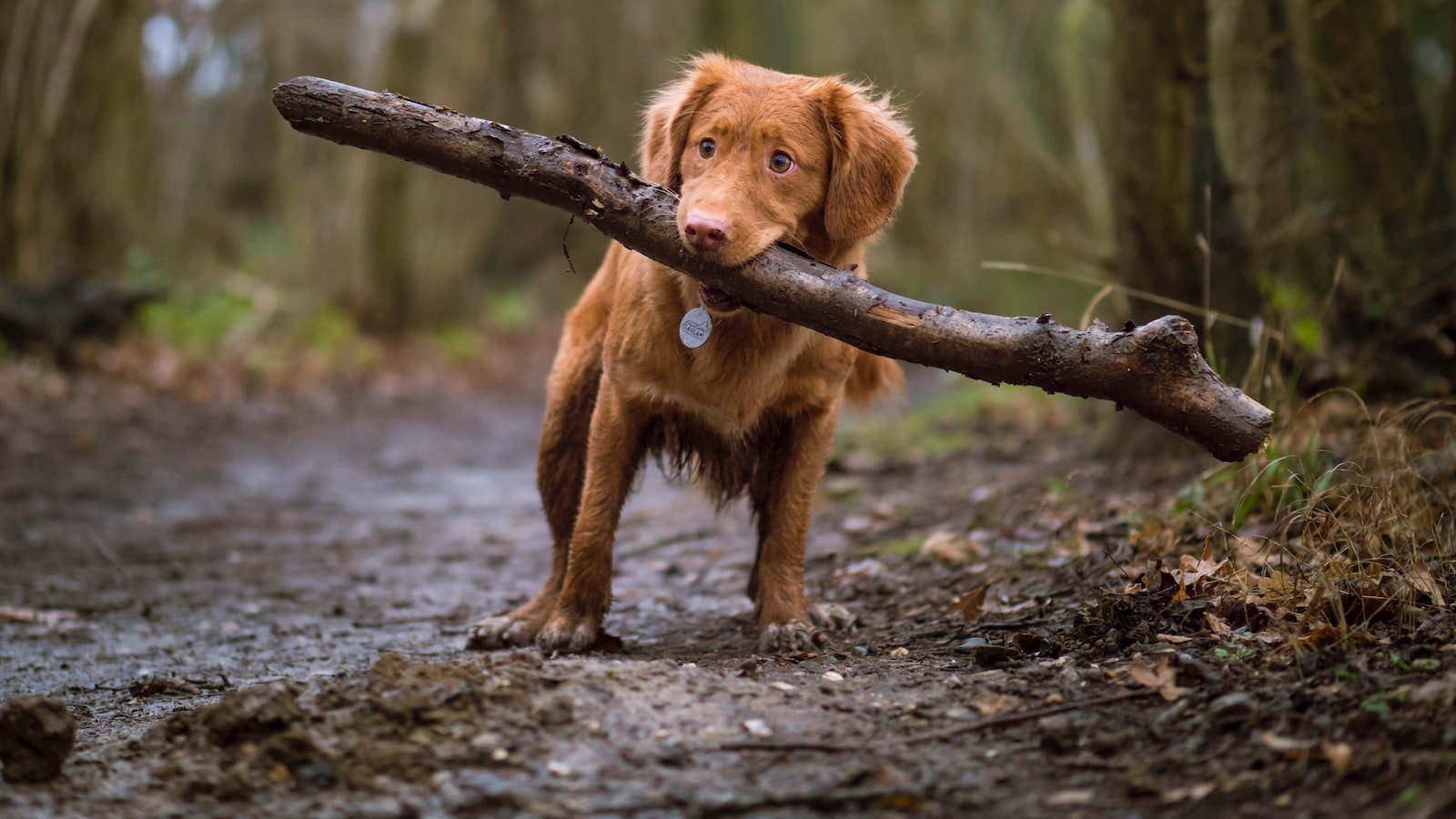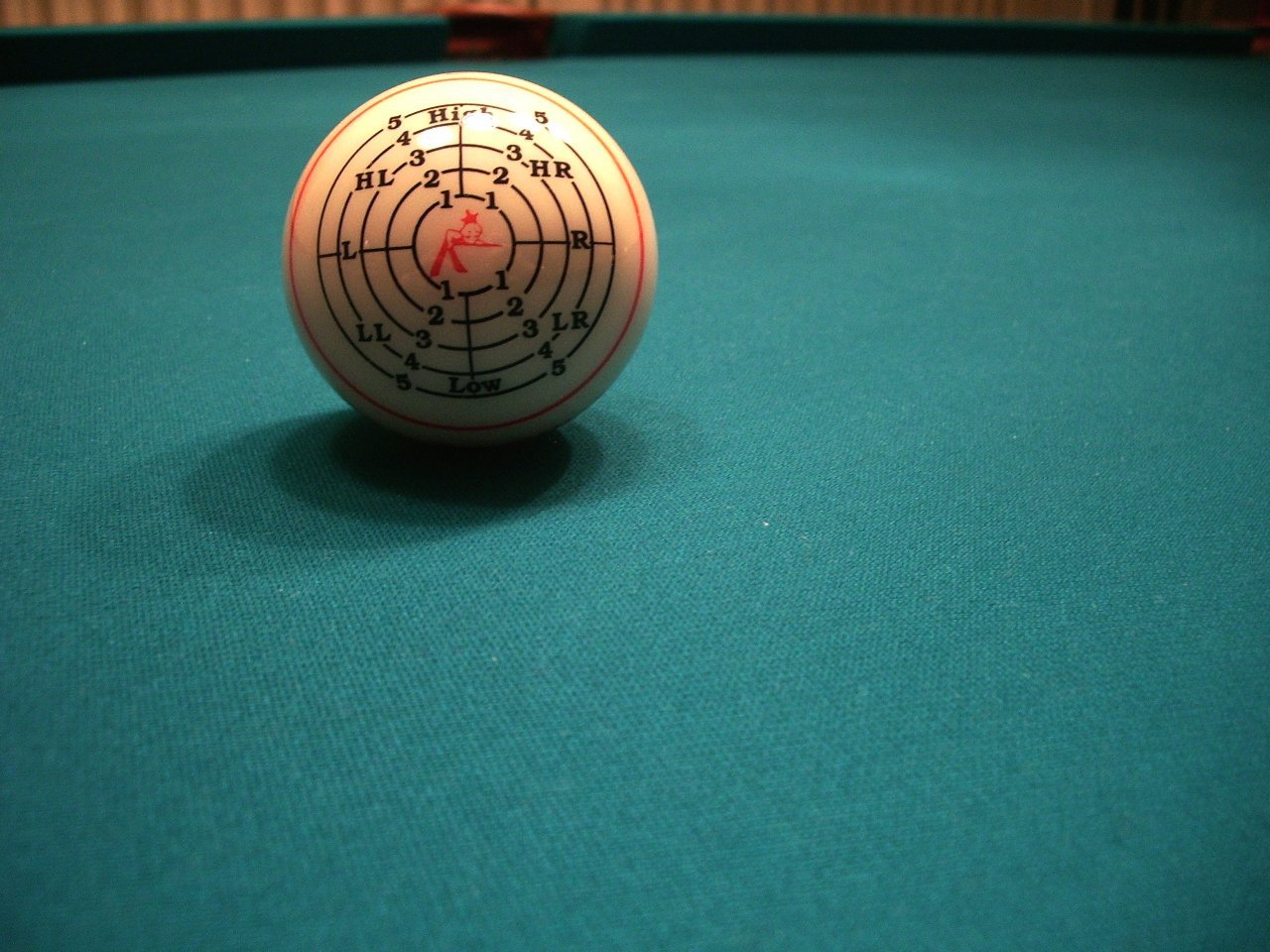Imagine a world where Fido eagerly responds to your every command, tail wagging and eyes bright with anticipation. A world where training cues are no longer a dreaded chore, but rather an opportunity for joyful connection and harmonious communication with your furry companion. In this realm of boundless possibilities, a positive reinforcement approach emerges as the key to unlocking your dog’s full potential, paving the way for a deep-rooted bond and everlasting friendship. So, join us on this enlightening journey as we delve into the realm of training cues in dog training, revealing the extraordinary power of positive reinforcement techniques. Get ready to witness how a sprinkle of patience, a touch of empathy, and a dash of creativity can transform your dog’s learning experience into nothing short of a joyful celebration.
Table of Contents
- Understanding the Importance of Training Cues for Effective Dog Training
- Key Principles of Positive Reinforcement in Shaping Training Cues
- Identifying and Establishing Effective Training Cues for Dogs
- Maximizing the Effectiveness of Training Cues through Consistency and Clarity
- Enhancing Communication and Strengthening Bonds: Training Cues as a Tool
- Q&A
- Wrapping Up

Understanding the Importance of Training Cues for Effective Dog Training
The Power of Training Cues
When it comes to effective dog training, understanding the importance of training cues is a game-changer. Training cues are signals or actions that help communicate to our furry friends what we want them to do. They act as a bridge between our dog’s understanding and our desired outcome. Training cues create a language between us and our dogs, making training more efficient, clear, and ultimately successful.
One key aspect of training cues is consistency. Dogs thrive on routine and predictability, so using consistent cues helps them to understand what is expected of them. Whether it’s a verbal cue, a hand gesture, or a specific action, consistency in our cues allows our dogs to recognize and associate them with a certain behavior. This helps them to respond more readily and accurately, making the training process smoother and more effective.
In addition to consistency, the timing of training cues is also crucial. Dogs have the ability to associate our cues with specific behaviors, but only if they are delivered at the right moment. In the world of dog training, timing is everything. By delivering a cue at the exact point when our dog is performing the desired behavior, we reinforce that behavior and increase the likelihood of it being repeated. This timing precision helps our dogs to understand cause and effect, strengthening the training bond between us and our furry companions.
- Consistency in training cues helps dogs develop clarity and understanding.
- Timing of training cues enhances the effectiveness of training by reinforcing desired behaviors.
- Training cues create a language between humans and dogs, facilitating communication and learning.
In conclusion, understanding and utilizing training cues is vital for effective dog training. With consistent and well-timed cues, we can communicate our expectations to our furry friends and set them up for success. Training cues provide a means of understanding between humans and dogs, fostering a stronger bond and paving the way for well-behaved, happy, and obedient companions.

Key Principles of Positive Reinforcement in Shaping Training Cues
Building a Strong Foundation:
In shaping training cues, positive reinforcement plays a vital role in establishing a strong foundation for effective and successful training. It is essential to understand and implement key principles that promote positive reinforcement techniques. These principles not only help create a positive and rewarding learning environment but also enhance the bond between the trainer and the trainee.
1. Clear Communication:
- Clarity in communication is crucial when using positive reinforcement in shaping training cues. Trainers must be concise and consistent in their signals and cues to ensure their trainee understands the desired behavior.
- Using consistent verbal cues, hand signals, or visual cues can help reinforce the desired behavior effectively. It allows for clear communication between trainer and trainee, fostering understanding and faster learning.
2. Timing and Consistency:
- Timing plays a significant role in positive reinforcement. It is important to provide the reinforcement immediately after the desired behavior is displayed. This reinforces the association between the behavior and the reward, increasing the likelihood of repetition.
- Consistency is also key when using positive reinforcement. Consistently rewarding desired behaviors and consistently ignoring or redirecting undesired behaviors helps the trainee understand what is expected of them, enabling them to adjust their behavior accordingly.
3. Incremental Progression:
Positive reinforcement in shaping training cues involves breaking down complex tasks into smaller, manageable steps. By gradually building upon successful behaviors, trainers can guide their trainees towards the desired outcome.
Allowing the trainee to experience small successes along the way provides motivation and confidence, creating a positive association with the training process. This incremental progression also ensures that the trainee remains engaged and eager to learn, promoting a more enjoyable and effective training experience.
Incorporating these key principles of positive reinforcement into shaping training cues can lead to improved learning outcomes, stronger communication, and a harmonious trainer-trainee relationship. By establishing a solid foundation, trainers can set their trainees up for success, making the training process more engaging, effective, and rewarding for all involved.

Identifying and Establishing Effective Training Cues for Dogs
Dogs are intelligent creatures, capable of learning and retaining information. To maximize their potential during training sessions, it is crucial to establish effective cues that facilitate communication between you and your furry friend. By using clear and consistent signals, you can effectively convey your expectations and help your dog understand what behaviors are desired.
One effective way to establish training cues is through the use of visual signals. These can range from simple hand gestures to more intricate body movements. For example, raising your palm can mean “stay,” while a pointed finger can signal “come.” By consistently reinforcing these visual cues with treats or praise, your dog will quickly associate the gesture with the desired behavior and respond accordingly.
In addition to visual signals, auditory cues can also play a significant role in training. One popular method is using clicker training, where a distinct clicking sound is made to mark the correct behavior. This sound serves as an instant reward and encourages the dog to repeat the action. By consistently pairing the click with treats or praise, your dog will start to understand that the sound signifies a job well done.
Remember, the key to effectively training your dog is to be patient, consistent, and clear with your cues. By investing the time and effort into establishing these signals, you can create a strong foundation for effective communication and a harmonious relationship with your four-legged companion.
Maximizing the Effectiveness of Training Cues through Consistency and Clarity
When it comes to training, consistency and clarity play a vital role in maximizing its effectiveness. By providing clear and consistent training cues, we can enhance the learning experience and ensure the information is retained by the trainees.
One way to achieve consistency is by using repetition. Repeating key phrases, instructions, or concepts throughout the training sessions helps reinforce important information. Additionally, incorporating visual aids such as diagrams, charts, or videos can help illustrate complex ideas in a clear and concise manner.
Another strategy for maximizing the effectiveness of training cues is through clarity. Clear and concise instructions eliminate confusion and make it easier for trainees to absorb information. Breaking down complex tasks into smaller, more manageable steps can also improve understanding and retention. Highlighting important points through bold or italics can draw attention to key concepts and ensure they are not overlooked.
Remember, to truly make training cues effective, it is crucial to achieve both consistency and clarity. By using repetition, visual aids, and clear instructions, we can optimize the learning experience and help trainees absorb and retain information more efficiently.
Enhancing Communication and Strengthening Bonds: Training Cues as a Tool
Communication lies at the core of every relationship, be it personal or professional. In the realm of training cues, we uncover a powerful tool that can enhance communication and strengthen the bonds between individuals. By utilizing training cues effectively, we create a language that transcends words, enabling smoother interactions and deeper connections.
The Power of Body Language
One of the key elements of training cues is non-verbal communication. Our body language speaks volumes and can often convey more than words ever could. By observing and using cues such as posture, facial expressions, and gestures, we can establish a more profound connection with those around us. A simple nod of approval, a warm smile, or a gentle touch can go a long way in conveying understanding, empathy, and support.
Creating a Language of Cues
Training cues offer us a unique opportunity to establish a shared language with our counterparts. Just as individuals may have their own inside jokes or phrases, training cues can become an exclusive code that only the involved parties fully understand. This shared language of cues allows for efficient and effective communication, providing a shortcut to conveying complex feelings, instructions, or intentions.
Strengthening Bonds and Building Trust
When used thoughtfully, training cues can strengthen the bonds between individuals and foster a sense of trust. By honing our ability to interpret and respond to cues, we demonstrate our attentiveness and genuine interest in the other person. The power of trust lies in the belief that our cues will be understood and reciprocated, creating an environment of openness and mutual respect.
Q&A
How important are training cues in dog training?
Training cues are extremely important in dog training, as they serve as clear, concise signals that help dogs understand what behavior is desired from them. These cues create a strong foundation for effective communication between the dog and the trainer.
What is a positive reinforcement approach in dog training?
A positive reinforcement approach is a training method that focuses on rewarding dogs for desirable behaviors, rather than punishing or correcting them for unwanted behaviors. It relies on treats, praise, and rewards to encourage dogs to repeat the desired actions.
Why is positive reinforcement a preferred method in dog training?
Positive reinforcement is preferred in dog training because it fosters a positive emotional connection between the dog and the trainer. It promotes trust, confidence, and enhances the dog’s overall well-being, leading to better learning and cooperation.
How can training cues be effectively used in positive reinforcement training?
To effectively use training cues in positive reinforcement training, it is essential to make sure they are clear, consistent, and associated with rewards. The cues should be taught gradually, in a step-by-step manner, and paired with positive reinforcement to encourage the desired behavior.
Can training cues be used to correct unwanted behaviors?
While training cues are primarily used to reinforce desired behaviors, they can also be utilized to redirect and replace unwanted behaviors. By teaching and reinforcing alternative behaviors, dogs can be discouraged from engaging in undesirable actions.
What are some common training cues used in positive reinforcement training?
Common training cues in positive reinforcement training include “sit,” “stay,” “lie down,” “come,” and “leave it.” These cues can be accompanied by hand signals or verbal prompts, and are consistently used to indicate the desired behavior.
How can trainers ensure that dogs understand and respond to training cues?
Trainers can ensure that dogs understand and respond to training cues by starting with simple cues in a distraction-free environment. They should use high-value rewards, such as treats, and gradually increase distractions while reinforcing the correct response. Consistency and patience are key in helping dogs learn and respond appropriately to training cues.
What should trainers do if a dog does not respond to a training cue?
If a dog does not respond to a training cue, trainers should assess the completeness of their cue and the distraction level. They may need to go back to simpler exercises, reward small progressions towards the desired behavior, or seek guidance from a professional trainer to address any underlying issues.
Wrapping Up
In the grand symphony of dog training, the harmonious notes of positive reinforcement have always been the key to unlocking a dog’s true potential. As we bid adieu to this enlightening exploration of training cues in dog training, we leave you with a gentle reminder that every wag of a tail, every eager paw, and every attentive gaze can be nurtured with love, patience, and the power of positive reinforcement.
Just like a conductor guiding an orchestra, we have journeyed through the intricate dance of training cues, a dance where our four-legged companions have taken center stage. We have witnessed the transformation that occurs when a simple word becomes a beacon of understanding, a bridge connecting the minds of humans and canines.
With minds open like vast meadows, we have delved into the realm of positive reinforcement, harnessing its magic to build trust, foster cooperation, and create an unbreakable bond between dog and trainer. Each click of the clicker, each tasty morsel of a treat became a stepping stone towards a brighter future, where learning is a joyous pursuit and success is measured in wagging tails and contented sighs.
So, as we conclude this chapter on training cues in dog training, let us never forget the transformative power of positive reinforcement. Let us remember that every training session is not just an opportunity to impart knowledge but a chance to nurture compassion, empathy, and unwavering love.
May this article serve as a guiding light for those who seek to cultivate a relationship of mutual understanding and respect with their furry companions. And may the language of training cues continue to evolve, intertwined with the unspoken bond between dog and human.
As we part ways, let the echoes of enthusiastic barks and joyful leaps resound in our hearts. For in the realm of dog training, a positive reinforcement approach is not merely a technique, but a philosophy that uplifts both spirits and souls. Farewell, dear readers, and may your training journeys be filled with endless wagging tails and the sweet melody of triumphant training cues.
As an affiliate, my content may feature links to products I personally use and recommend. By taking action, like subscribing or making a purchase, you’ll be supporting my work and fueling my taco cravings at the same time. Win-win, right?
Want to read more? Check out our Affiliate Disclosure page.